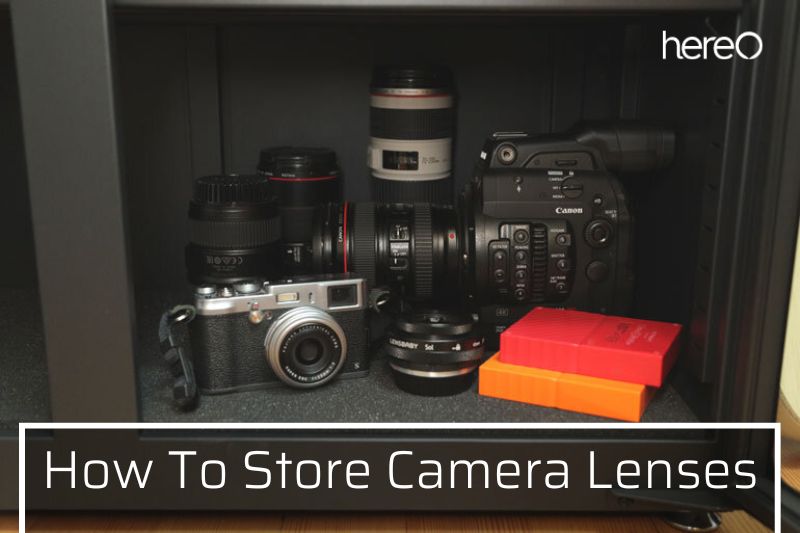There are many reasons to store camera lenses, the most important being to protect your investment. Lenses can be expensive, and even a small scratch can affect image quality. Storing them properly will help to keep them in good condition and prevent damage. In this article, we will discuss how to store camera lenses properly to keep their resale value.
Contents
What Factor Damages Your Lenses?

Humidity
In worst-case scenarios, humidity can short electronic circuits, adhere to your camera sensor, fog up your optics, and other things. Even in temperate areas, the dew point can abruptly rise, providing a favorable environment for the growth of mold and fungus.
While it is possible to use inadequate storage techniques for years without experiencing any negative impacts from changing temperatures and humidity, mildew and fungus will ultimately appear.
Additionally, cameras and lenses don’t respond well to blunt force, so it is obviously not a good idea to drop your equipment or let it sustain any significant hits.
Extreme Temperature
Long-term exposure to extreme temperatures can harm the camera casing. Cold weather can eventually harm LCD. To prevent damage from severe temperatures, carefully keep the camera and lens. The lens might potentially be damaged by strong sunlight.
How to take care of your camera lenses
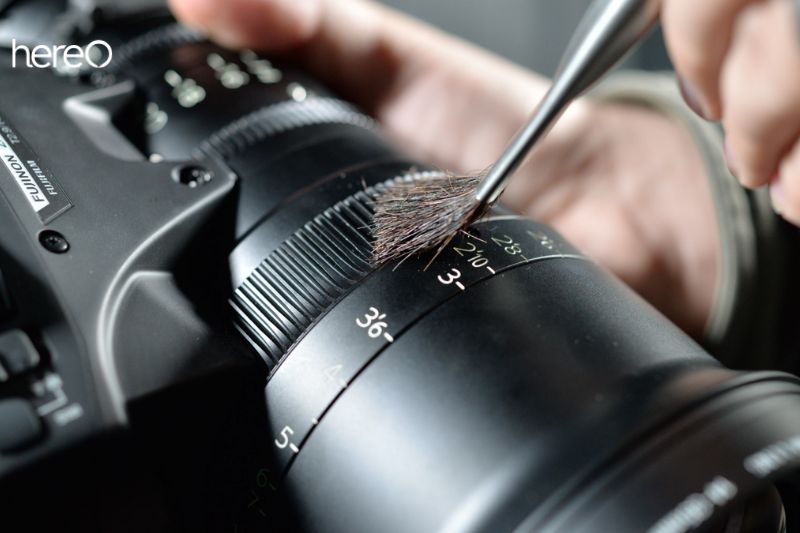
You should be aware of the proper maintenance procedures for your camera lenses if you want to keep them in the best possible shape.
When the focus isn’t being used, make sure the front cap is always on. Put the covers on as soon as you remove the camera’s lens. When you need your lenses to help you take amazing pictures, this is a fundamental technique.
A Skylight can be used to shield your lenses. Your lenses can be protected from impurities like residue, dirt, and fingerprints thanks to this filter. Again, if the camera coincidentally lands on a stable object, your lenses will be protected.
Keep a clean, clammy fabric in your camera bag at all times. When you need to switch your focus, it will be really helpful. Before removing and replacing the lens, use the towel to clean off any residue.
Having a kit for cleaning lenses is also a good idea. This, in my opinion, is preferable to using wet fabric. A two-sided brush that resembles a paintbrush is included in the kit. You can remove smudges from the focal spots by using the froth eraser in the brush’s one corner.
Don’t use conventional cleaning arrangements for the filter. You can find treatments designed specifically for camera filters and lenses, such as those found in lens care kits. Conventional cleaners might only leave scratches on the lenses.
Keep a camera bag with compartments to keep your extra lenses and equipment. Additionally, there are camera knapsacks with long lashes that you may use, especially if you are off on a lengthy tour.
How To Store Camera Lenses At Home
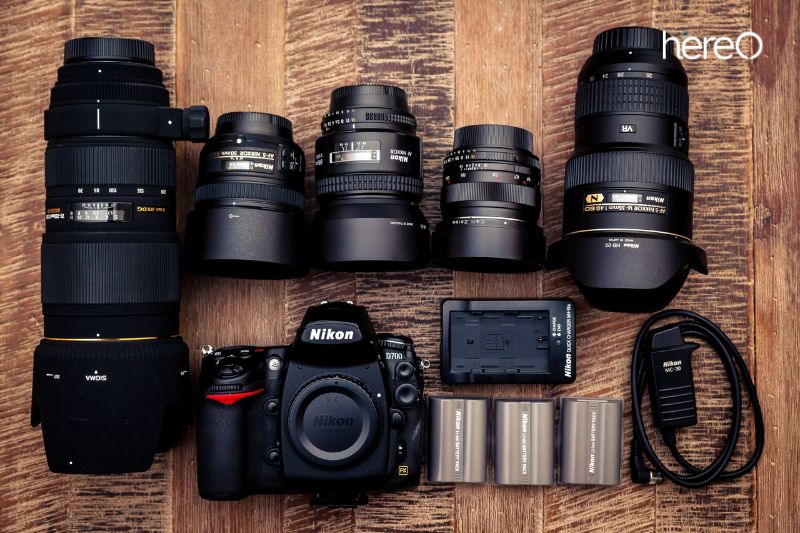
Shoulder Bag
Most photographers use a shoulder bag to transport their equipment. However, if your bag is bursting at the seams as you add new lenses and accessories or if you just bring some of your gear into the field, a second shoulder bag is a quick and convenient storage solution.
You may bring your everyday bag with you, but leave a bigger bag in the closet to keep extra things safe and out of the way. And if you need to leave for a shoot with all your stuff, you are prepared with a sizable bag in the closet.
Dry Cabinets
We may use a handy item called the dry cabinet to address the humidity problem. Dry cabinets are specifically constructed storage containers or units (that resemble wine cases somewhat) that completely seal out dampness.
They actively work to ensure that no moisture ever comes in contact with any of your equipment since they are sensitive to moisture, which essentially stops fungus growth on your $10,000 gear.
Additionally, by preventing dust and debris from getting on your equipment, these cabinets reduce the amount of time you need to spend cleaning your cameras and lenses.
Hard Cases
The rigid, watertight case is another idea that has numerous uses. When your equipment is not in use, nothing will protect it better than a protective case that can withstand collisions and a flood of fluids.
If you’re a traveling photographer, there may come a time when you need that sturdy case to preserve a lot of your equipment while traveling through the wilderness.
Grab one of these cases to store your belongings in extreme protection, but be prepared to utilize it as necessary for rough adventures with your gear.
Shelving
Your equipment can be stored on shelves inside or outside of an enclosed location. A shelf is a shelf, and some of these are lovely—much nicer than plastic shelves from a big-box retailer—and would be ideal for holding camera equipment.
Although most spouses and roommates are probably not going to be overly thrilled about a shelf devoted to your passion for photography, installing shelving or a cabinet inside of a closet is a great way to increase the amount of surface area for storage and to provide some additional protection for your equipment.
Tool Chest
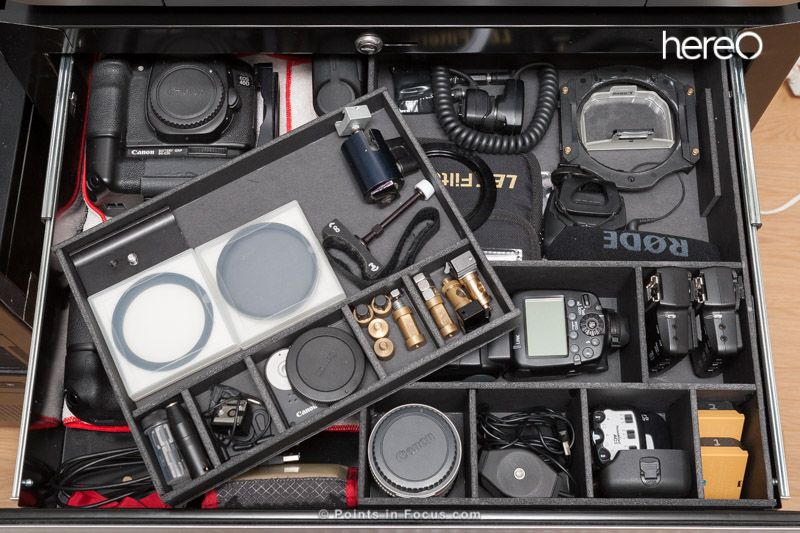
Did you know that tool chests may also be used for cameras and lenses? This might be another fantastic concept that doesn’t necessarily wreck the wallet, depending on the amount of your equipment and the size of the chest!
To manage batteries, filters, and other smaller supplies, tool chests frequently incorporate narrower pull-out shelves at the top. After all, organization is a part of storage!
For your cameras and lenses, you can add foam cushioning to the bottom of the tool chest to create a system akin to stacking several Pelican cases.
Lens Down and Aperture Narrowed
In general, photographers will advise you to decrease the aperture of your lens before really storing it. They also advise you to place the lens face down. To guarantee that the oils on the aperture blades be kept to a minimum, the lens should be kept down.
Even while most current lenses don’t typically have this problem, it’s still an excellent habit to adopt. Your aperture blades may become clogged with oil if you’re using older equipment (or come upon some stunning vintage lenses).
Keeping the aperture on your lenses at their smallest setting when storing them is also a good idea (whether doing so with a manual aperture ring or using the camera to set the aperture). Apertures operate on a spring, which, like most springs, can become worn out.
FAQs about How To Store Camera Lenses
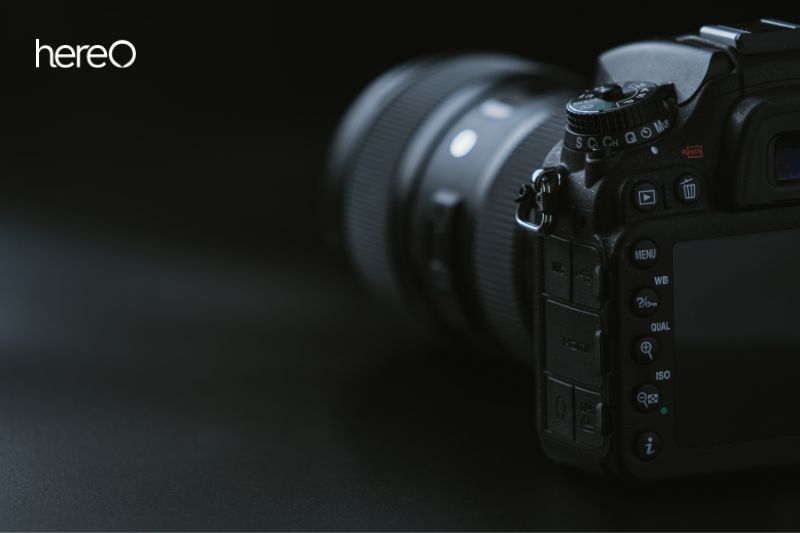
How should a lens be stored when not in use?
A basic dry box is a straightforward storage technique to store lenses that consists of an airtight plastic container that has a desiccant inside of it. There are many different overall sizes, heights, widths, and depths of straightforward dry boxes. Pick one that is the right size for the cameras or lenses you intend to store.
Should camera lenses be stored upright?
In order to prevent telescoping, lenses should be stored. The lens should be kept weighted to avoid telescoping and should be stored face down to prevent this. When you have a lens cap and a suitable bag with at least 1/4″ cushioning, damage to the lens element is unlikely to occur.
How do you preserve camera lenses?
Maintaining a camera lens that is clean and devoid of any chemicals or oil is crucial. You can accomplish this by wiping down the lens with a gentle, dry cloth after each usage. If you must use a cleaning agent, make careful to pick one made especially for camera lenses.
How do you store camera lenses to avoid fungus?
If you won’t be using your lenses for a while, store them in a humidity-controlled or see-through cabinet with silica gel packets. The silica gel packets wick away moisture, and the transparent container lets light enter, which can help eradicate fungus.
Conclusion
If you’re an amateur or professional photographer, it’s important to know how to store your camera lenses properly to keep them in good condition. Lenses can be expensive, and even a small scratch can affect image quality.
Thank you for reading this post on how to store camera lenses, HereOfamily hope you find this article helpful.
